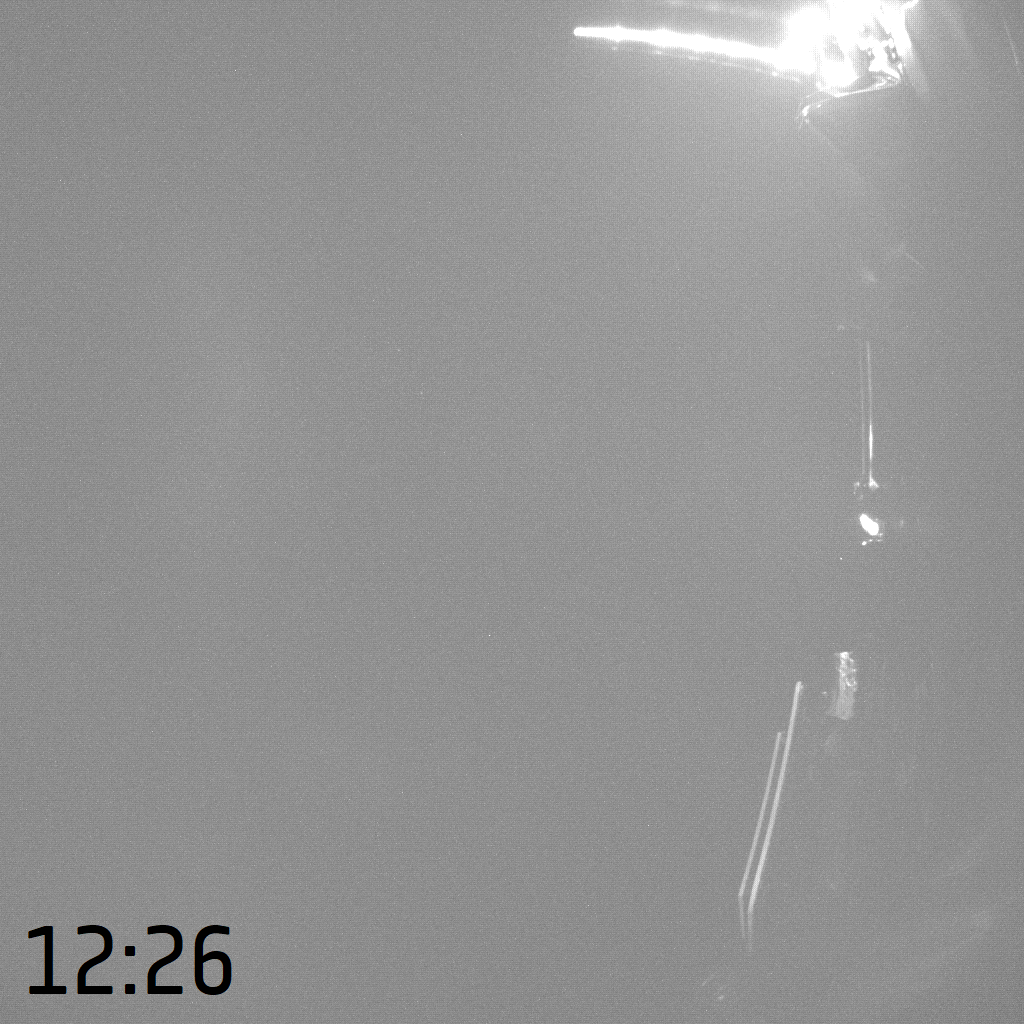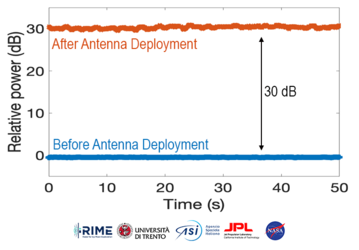Accept all cookies Accept only essential cookies See our Cookie Notice

About ESA
The European Space Agency (ESA) is Europe’s gateway to space. Its mission is to shape the development of Europe’s space capability and ensure that investment in space continues to deliver benefits to the citizens of Europe and the world.
Highlights
ESA - United space in Europe
This is ESA ESA facts Member States & Cooperating States Funding Director General Top management For Member State Delegations European vision European Space Policy ESA & EU Space Councils Responsibility & Sustainability Annual Report Calendar of meetings Corporate newsEstablishments & sites
ESA Headquarters ESA ESTEC ESA ESOC ESA ESRIN ESA EAC ESA ESAC Europe's Spaceport ESA ESEC ESA ECSAT Brussels Office Washington OfficeWorking with ESA
Business with ESA ESA Commercialisation Gateway Law at ESA Careers Cyber resilience at ESA IT at ESA Newsroom Partnerships Merchandising Licence Education Open Space Innovation Platform Integrity and Reporting Administrative Tribunal Health and SafetyMore about ESA
History ESA Historical Archives Exhibitions Publications Art & Culture ESA Merchandise Kids Diversity ESA Brand Centre ESA ChampionsLatest
Space in Member States
Find out more about space activities in our 23 Member States, and understand how ESA works together with their national agencies, institutions and organisations.
Science & Exploration
Exploring our Solar System and unlocking the secrets of the Universe
Go to topicAstronauts
Missions
Juice Euclid Webb Solar Orbiter BepiColombo Gaia ExoMars Cheops Exoplanet missions More missionsActivities
International Space Station Orion service module Gateway Concordia Caves & Pangaea BenefitsLatest
Space Safety
Protecting life and infrastructure on Earth and in orbit
Go to topicAsteroids
Asteroids and Planetary Defence Asteroid danger explained Flyeye telescope: asteroid detection Hera mission: asteroid deflection Near-Earth Object Coordination CentreSpace junk
About space debris Space debris by the numbers Space Environment Report In space refuelling, refurbishing and removingSafety from space
Clean Space ecodesign Zero Debris Technologies Space for Earth Supporting Sustainable DevelopmentApplications
Using space to benefit citizens and meet future challenges on Earth
Go to topicObserving the Earth
Observing the Earth Future EO Copernicus Meteorology Space for our climate Satellite missionsCommercialisation
ESA Commercialisation Gateway Open Space Innovation Platform Business Incubation ESA Space SolutionsLatest
Enabling & Support
Making space accessible and developing the technologies for the future
Go to topicBuilding missions
Space Engineering and Technology Test centre Laboratories Concurrent Design Facility Preparing for the future Shaping the Future Discovery and Preparation Advanced Concepts TeamSpace transportation
Space Transportation Ariane Vega Space Rider Future space transportation Boost! Europe's Spaceport Launches from Europe's Spaceport from 2012Latest

Juice’s wriggling RIME antenna
Thank you for liking
You have already liked this page, you can only like it once!
Juice’s stuck but moving RIME antenna is captured by the Juice Monitoring Camera on board the spacecraft. This animation shows the radar’s movements in five photos taken across 17–21 April, as teams on Earth work through steps in Juice’s deployment.
Four segments of the RIME antenna are visible here, folded on top of each other. This ‘stack’ of antenna elements is one half of the full antenna, next to the other half also in a folded stack. The other half has not yet begun deployment and becomes visible through the widening gaps between antenna segments.
The RIME deployment process is a bit like unfolding single segments of a folding ruler. Teams at ESA’s mission control centre in Darmstadt, Germany, activate the release mechanisms for each individual stage, causing the stack of radar segments to gradually move upwards.
In order, the images in the animation show the RIME antenna:
- Before launch lock release
- After launch lock release
- After deployment of the first segment
- After deployment attempt of second and third segments
- After deployment of the magnetometer boom
Each of these stages show a change in the RIME antenna’s position. For scale, this part of the RIME moves about 5 cm from the first to the last image.
In the first two images, the RIME moves as the launch lock is released. This mechanical lock holds the two halves of the antenna steady during launch and must be released before deployment.
In the third image of the sequence, the top segment appears to disappear but has in fact correctly unfolded, turning by 180 degrees as it was successfully deployed.
The fourth image in the sequence shows the moment after teams attempted to deploy the second and third segments, which are thought to be held back by the mounting bracket on the other side of the antenna, not in the field of view.
The successful deployment of Juice’s magnetometer boom also created a jolt across the spacecraft, further nudging the radar as shown in the final image.
The small moving dot at the top right of the animation is, in fact, the Moon, from a distance of initially about 1 million then 2 million km away.
There are two months of planned commissioning still ahead, and engineers, scientists and industry partners have lots of ideas to free the stuck antenna.
-
CREDIT
ESA/Juice/JMC -
LICENCE
CC BY-SA 3.0 IGO or ESA Standard Licence
(content can be used under either licence)

Juice RIME antenna deploys

Juice RIME antenna deploys

Juice RIME antenna deploys

Deployment of the first segment of Juice's RIME antenna















 Germany
Germany
 Austria
Austria
 Belgium
Belgium
 Denmark
Denmark
 Spain
Spain
 Estonia
Estonia
 Finland
Finland
 France
France
 Greece
Greece
 Hungary
Hungary
 Ireland
Ireland
 Italy
Italy
 Luxembourg
Luxembourg
 Norway
Norway
 The Netherlands
The Netherlands
 Poland
Poland
 Portugal
Portugal
 Czechia
Czechia
 Romania
Romania
 United Kingdom
United Kingdom
 Slovenia
Slovenia
 Sweden
Sweden
 Switzerland
Switzerland

























